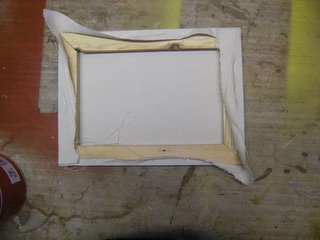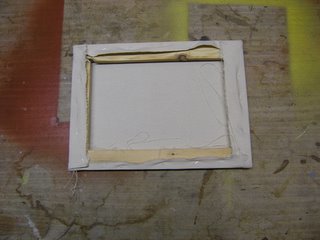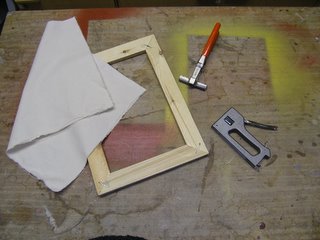The main reason for priming is to protect the canvas or board from the destructive qualities of oil paint.
Acrylic paint can be used straight on to the surface or support (the support is your canvas, board or paper) but you may want to prime or use a transparent glue size (thinned PVA or rabbit skin glue) to give you a non absorbent surface so your paint doesnt get soaked up into the canvas or board.
you will need!
a canvas or board
a priming brush
water and primer
a spare jar or tub
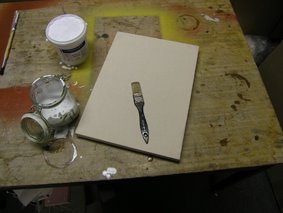
if you dont have (or cant get) an acrylic primer you can make a cheap version using 2 parts emulsion and 1 part PVA Glue.
First you need to mix up a weak solution of primer about half water half primer. This will be your first coat this is to seal in all the little gaps between the canvas

Next, very simply apply enough coats of pure primer until you have the surface you require probably 2 or 3. 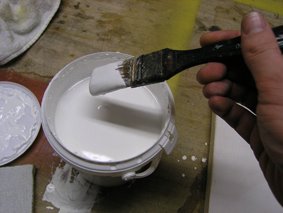
Be careful to apply each coat in different directions to ensure an even coverage.
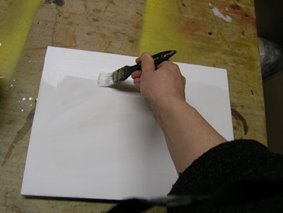
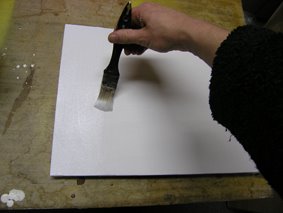
If you have any lumps or imperfections in the surface using fine sandpaper these can be removed.
If you are priming a smooth board (mdf or hard board) you may wish to give each coat a light sanding to remove brushmarks. Also if you thin the primer down a little the brushmarks will dissapear as the paint dries. Be aware this also means that more layers will be needed to cover the surface.
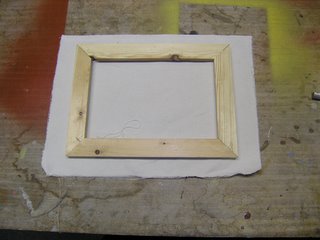
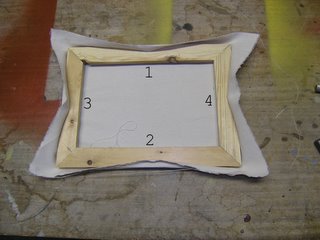
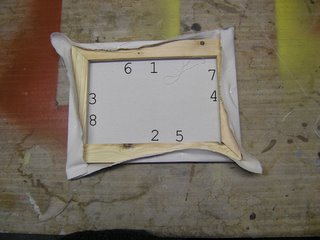

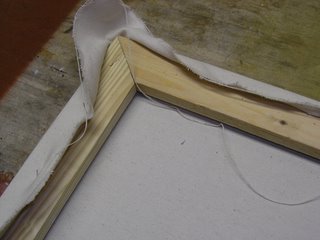
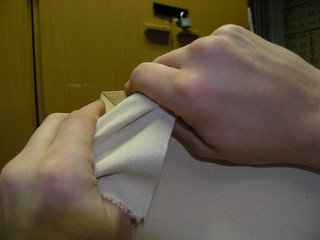
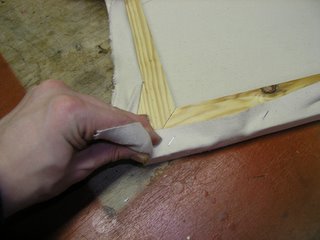

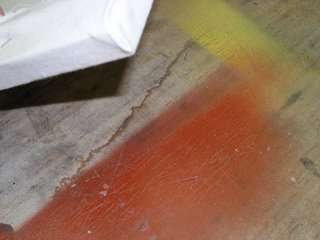 Always go directly opposite your previous corner
Always go directly opposite your previous corner 